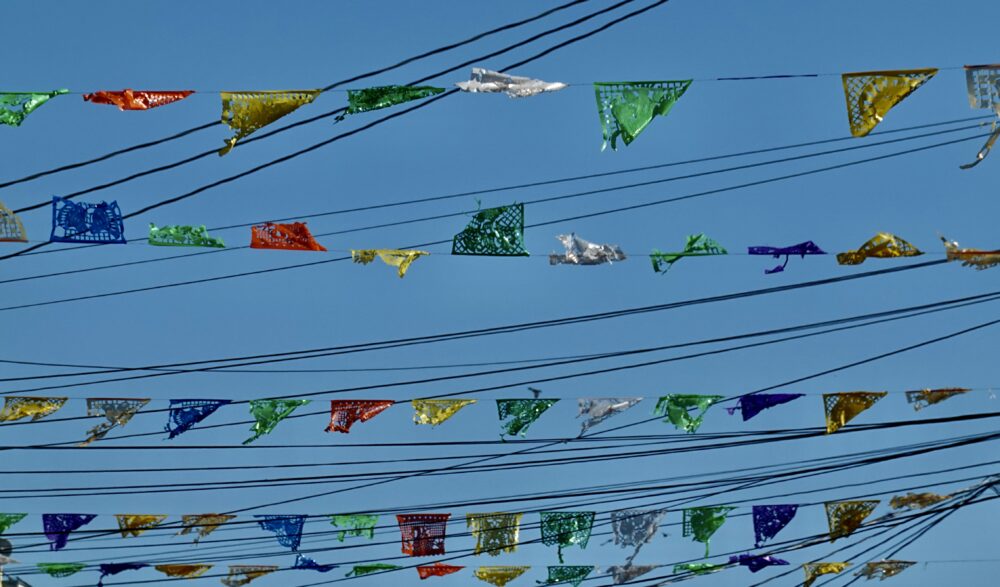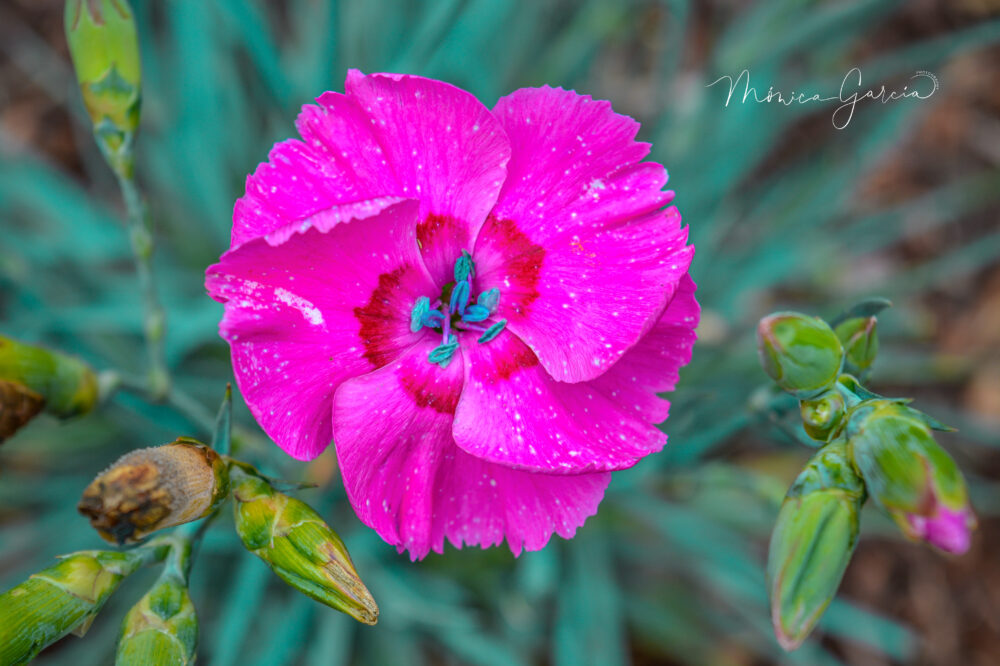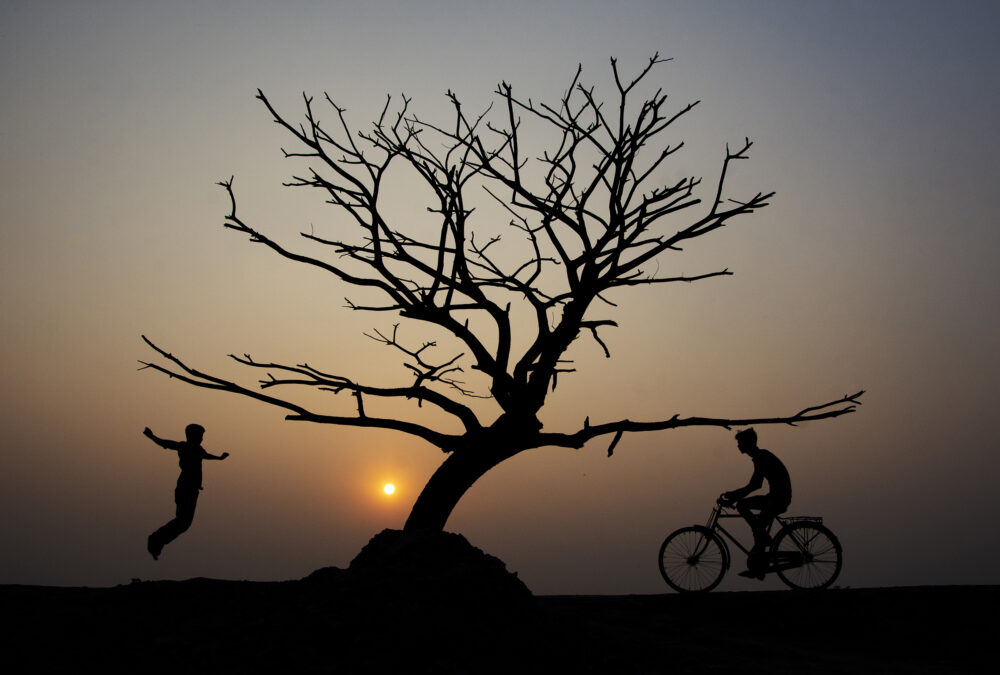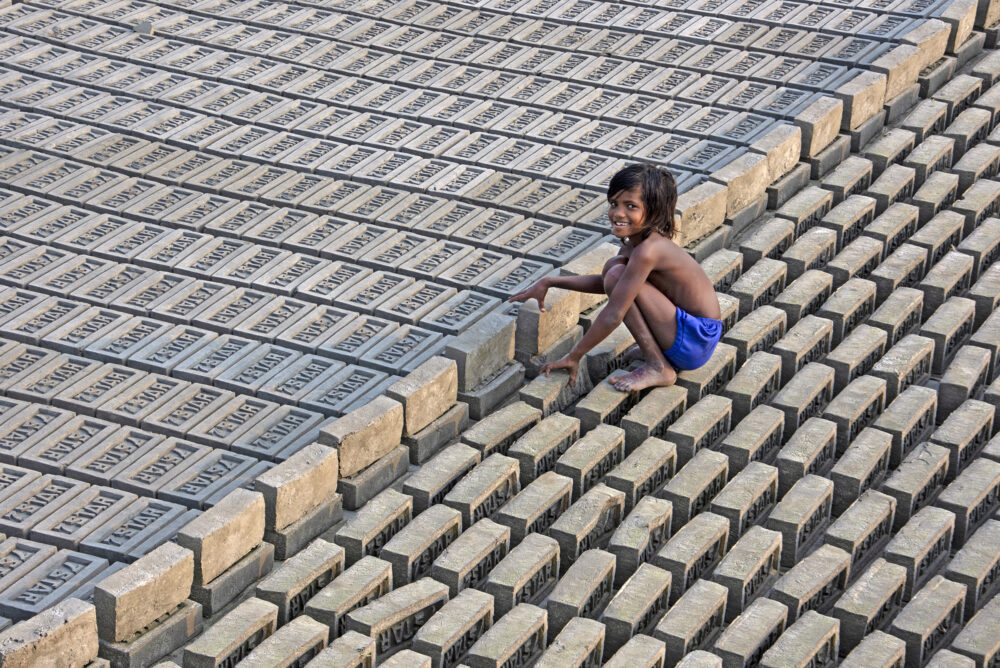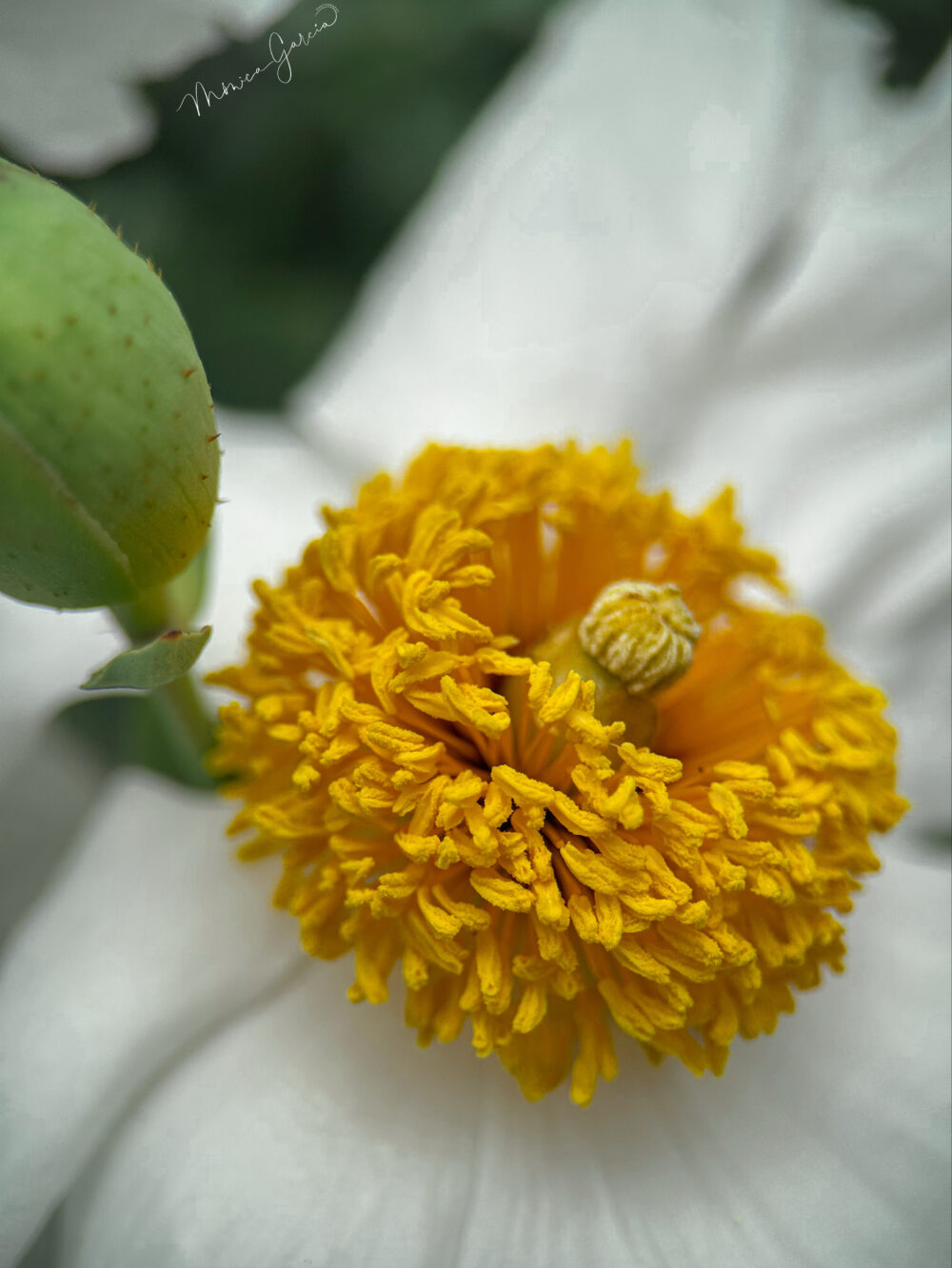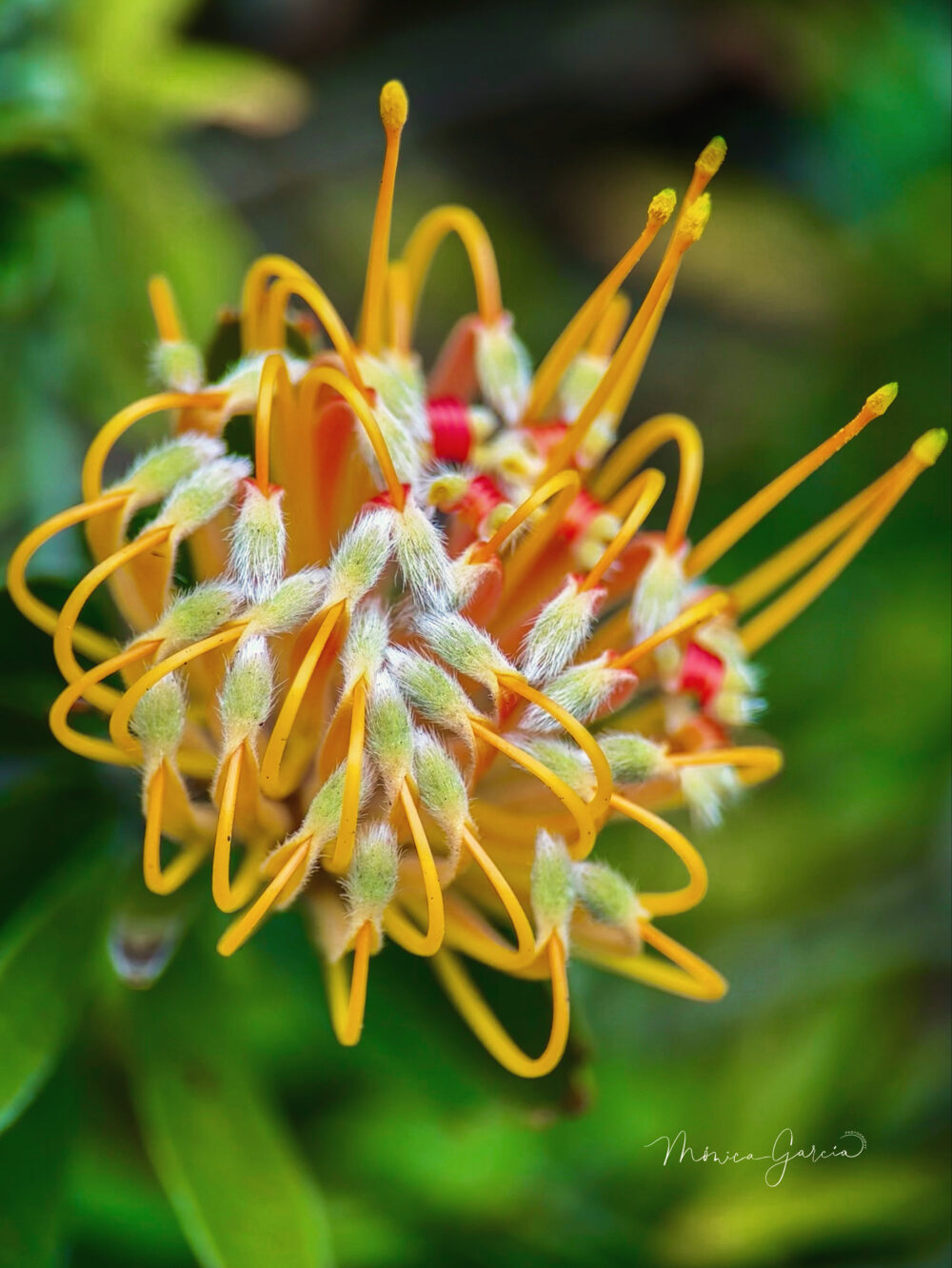
Motion Inspired by Degas
Using Art to Bring a New Lens to Photography
By Owen Biddle Photo School + SeeingHappy

Edgar Degas (1834-1917) and Marcel DuChamp (1887-1968)
“The aim of every artist is to arrest motion, which is life, by artificial means and hold it fixed so that a hundred years later, when a stranger looks at it, it moves again since it is life.” – William Faulkner
In art a major challenge/opportunity is how to represent objects in motion in a static form. In photography there are two main solutions to this dilemma.
The first is stop-action, in which using fast shutter speeds the camera succeeds in freezing the action. Practicing this skill, the photographer can capture just the perfect instant that communicates the essence of the movement.
In the world of painting we look to Degas, whose ballet dancers, (stretching, bowing, turning), and whose jockeys on horses (running, straining, prancing) are caught being their essential selves.
Photography’s other option for dealing with motion is panning in which the photographer moves the camera along with the moving subject, resulting in a certain degree of blurring. The timing of the camera’s arc is critical. The Furturists show us how a series of overlapping images deliver the feeling of movement and speed. DuChamp’s Nude Descending the Staircase is another example.
Motion via Degas, DuChamp, and Futurism
We’ve combined these different painters to bring attention to the theme of motion as depicted in a static work. Degas is beloved for capturing his favorite subjects, dancers and horses, in moments of defining action. The Futurists, as well as Marcel DuChamp’s painting, express motion, not at a single instant, but as a blur of successive movements, giving the feeling of progression through space. These contrasting ways of showing motion are a handy parallel to our two photographic techniques, stop-action and panning.
Stop Action and Freeze Your own Moment
Set Up:
Use a cell phone for freezing because the shutter speed is already quick. Also, when you swing your phone camera you can create the effect of motion.
Spectre is an app that you can download from the app store. It enables you to blur an image for 3, 6, or 9 seconds. It is super easy to use and gives amazing long-exposure photos.
Photo Challenge:
Using a person walking, take a series of pictures with your camera aimed perpendicular to the runner’s path. In framing your subject, allow a couple of feet above the head and also allow the same distance below the feet. This way, you will neither chop off the head nor the feet.
Pro-Tips:
Blurring action usually requires bright light so this is best done on a bright day.
Waterfalls are also excellent for practicing blurring motion!






